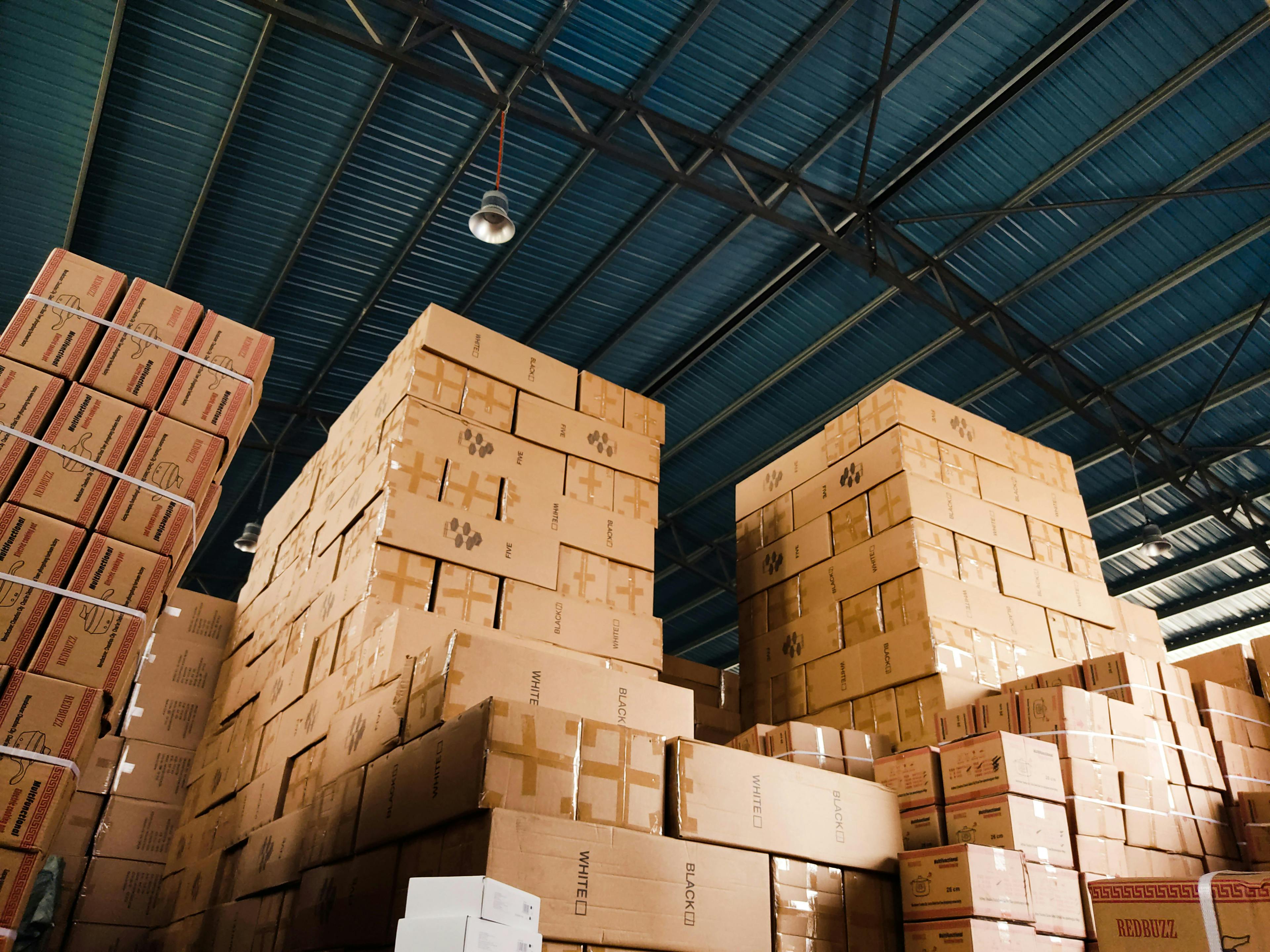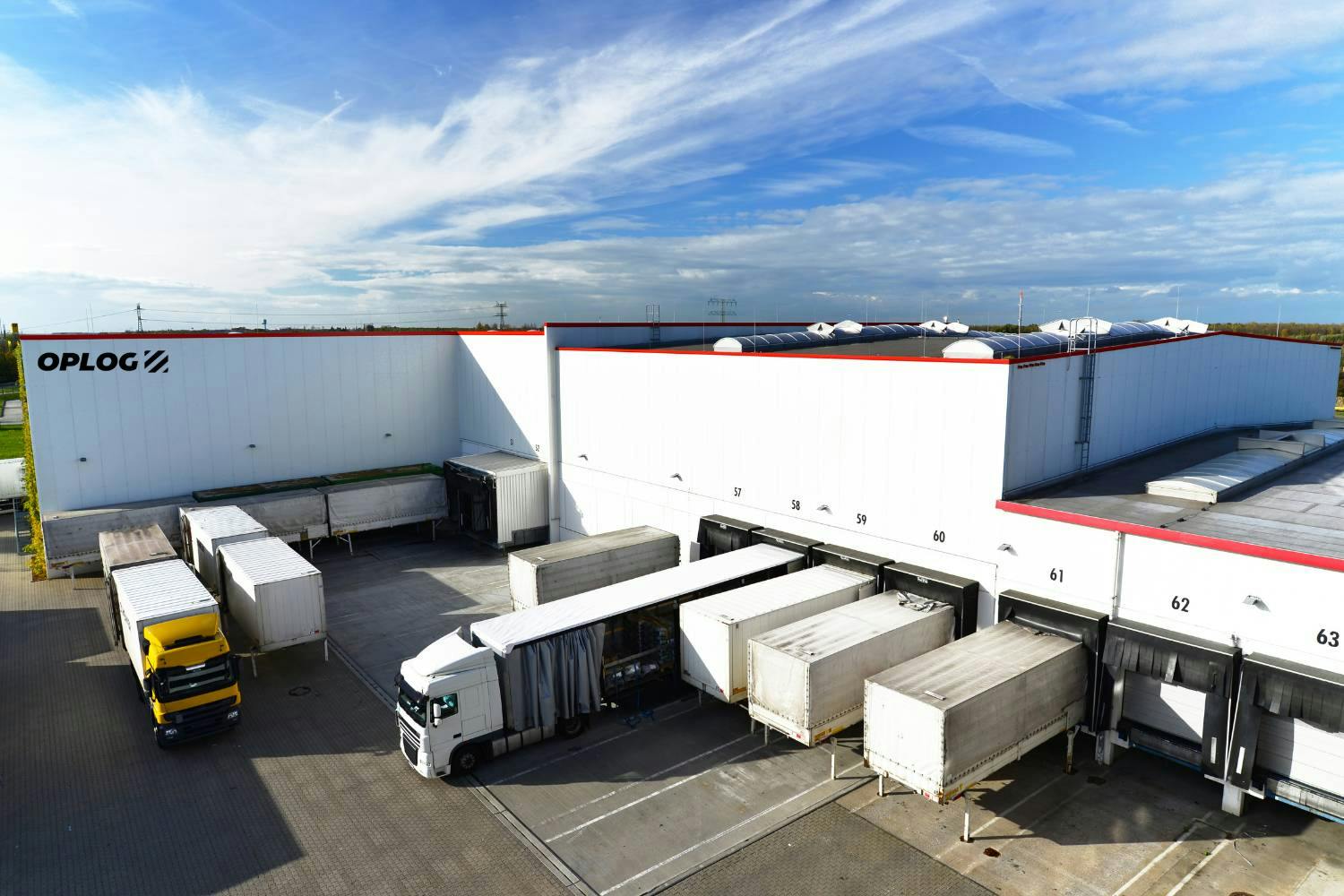Achieving better results is the core of any business, especially in warehousing. Improvement starts with addressing warehouse KPIs. While there are many KPIs to choose from, it is best to identify the most important KPIs for your needs. Discover the main warehousing KPIs you can assess using this article.
What is KPI in Warehouse?
KPIs (or key performance indicators) are a type of performance measurement. These refer to the metrics used in measuring the performance of your warehousing. Warehouse KPIs can range from put-away to safety aspects.
Why are Warehouse KPIs Important?
Tracking warehouse key performance indicators (KPIs) is vital for many reasons. Firstly, it allows a regular review of material assessed in an audit. They also ensure efficient results and what to expect in future situations. Plus, it helps keep your business on track to achieve your goals.
Improved Efficiency and Productivity
Measuring KPIs helps to optimize processes and redistribute resources if needed. You can flag, target, and then work on increasing productivity where there are process issues. For resources, you can also gauge if labor, space, and equipment could be better used.
In my opinion, these metrics help you stay on track and ensure that your operations are aligned with your overall business goals. They serve as a clear benchmark for evaluating performance, allowing you to implement corrective actions swiftly and maintain a competitive edge in the market.
Enhanced Inventory Management
Monitoring inventory-related KPIs leads to more accurate stock levels and order fulfillment times. This lessens stockouts or overstocking, reduces costs, and achieves better turnover. The right product arrives on time to the customer.
Decisions Driven by Data
Following warehouse KPIs assists in making informed and strategic decisions to meet goals. Such decisions include assessing warehouse layout, labor management, and policies on inventory. Over time, you can adjust your strategies as your warehouse evolves to keep improving.
Essential Warehouse KPIs
Each warehouse’s selected KPIs will vary from region to industry. Yet, there are essential metrics each should use. These include inventory accuracy, order fulfillment rates, picking accuracy, and on-time shipping. These four KPIs are the basis for any well-functioning warehouse operation.
Inventory Accuracy
This KPI represents the physical inventory counted and compares it with records. By tracking inventory in and out of the warehouse, you get better insights and accuracy rates.
Order Fulfillment Rate
This is the efficiency and effectiveness of the warehouse fulfillment process. It narrows down to delivering the correct items to customers in the given timeframe.
Picking Accuracy
This focuses on measuring the precise way inventory items get picked. The better the picking accuracy, the higher customer satisfaction and lessened return rate.
On-Time Shipping
This measures the shipping process efficiency and ability to meet delivery deadlines. This critical KPI for warehousing maintains customer satisfaction and smooth supply chain operations.
Efficiency-Related KPIs
This set of KPIs measures warehouse operations execution and how effective they are. By analyzing these KPIs, teams optimize performance, reduce costs, and increase productivity rates.
Inventory Turnover Ratio
This metric measures and gauges inventory use and replenishment in a given period. Tracking the selling and replacing speed of inventory is a big focus for warehouses. This in turn leads to maintaining the right stock levels for orderly operations.
Picking Speed
When it comes to picking items, accuracy is key, but so is speed. This KPI measures the expertise with which the items get picked – and how fast. Better warehouse layout and training contribute to better lead times and customer satisfaction.
Labor Productivity
This measures the use of labor resources and how they achieve operational goals. This breaks down into major factors like training, tools, process optimization, and management. Monitoring labor issues using dashboards and reports helps teams act before bottlenecks occur.
Cost-Related KPIs
To help track and control costings within warehouse operations, this is the KPI to focus on. This metric provides insights into how resources get used and if there are areas to save costs. These may include cost per unit, storage cost per unit, and transportation cost per unit.
Cost Per Order
This looks at the average costs involved in processing each order. Each order has an element involving labor, equipment, utilities, and more. To make the most of each, consider addressing cost efficiency and pricing strategy, as well as budgeting and forecasting.
Storage Cost Per Unit
This KPI averages and measures inventory units in storage. Such factors include rent, utilities, and other expenses. Investigating your inventory management and cost control informs better decision-making.
Transportation Cost Per Unit
This costing KPI refers to the average transport cost of each inventory unit. Such costs consist of shipping, handling, and other expenses during delivery. Analyze these areas to improve logistics optimization and supply chain management.
Customer Satisfaction KPIs
Now it comes to measuring customer satisfaction and expectations. How well your warehouse operations meet them determines your level of service delivery. The key aspects are perfect rate order, return rate, and the frequency of customer complaints.
Perfect Order Rate
A perfect order is definable by how on time the delivery arrives in a complete, undamaged state with accurate documentation. This factors into the order fulfillment quality, customer satisfaction, and operational efficiency.
Return Rate
When issues occur, this KPI measures how often returns happen. The reasons stem from product quality, not meeting customer expectations or inaccurate orders. Balancing this leads to product quality, maintaining customer trust, and effective cost management. Focus on this to lower added transport costs, labor, and refunds to the customer.
Customer Complaints
This KPI covers the number of complaints, tracking issues, and customer concerns. This is vital in face-saving practices and how you can respond to customer feedback. This is where company reputations are better managed and services improved.
Measuring Warehouse KPIs
Not sure where to start or how to measure warehouse KPI? To correctly assess and monitor a warehouse’s operations, making accurate measurements is crucial. This is where data collection methods, calculation formulas, tools, and software come into play.
Data Collection Methods
Methods of collecting data need to be accurate and also suited to your needs and available resources.
Some of the methods you can use include:
- Automated systems (scanners or RFID)
- Integrated software (interconnected software solutions)
- Manual recording (spreadsheets or logs)
- Sensors and IoT devices (equipment use, environmental conditions, etc.)
KPI Calculation Formulas
How do you measure a warehouse KPI? To start calculating, use these formulas.
Essential KPI Formulas
- Inventory Accuracy = (Number of Correct Inventory Records / Total Number of Inventory Records) x 100%
- Order Fulfillment Rate = (Number of Orders Fulfilled On Time / Total Number of Orders) x 100%
- Picking Accuracy = (Number of Correctly Picked Items / Total Number of Picked Items) x 100%
- On-Time Shipping: On-Time Shipping = (Number of Orders Shipped On Time / Total Number of Orders Shipped) x 100%
H4: Efficiency KPIs
- Inventory Turnover Ratio = Cost of Goods Sold (COGS) / Average Inventory
- Picking Speed = Total Picks / Total Hours Worked
- Labor Productivity = Total Output / Total Labor Hours
H4: Cost-related KPIs
- Cost Per Order = Total Warehouse Operating Costs / Total Number of Orders Processed
- Storage Cost Per Unit = Total Storage Costs / Total Units Stored
- Transportation Cost Per Unit = Total Transportation Costs / Total Units Shipped
H4: Customer-satisfaction KPIs
- Perfect Order Rate = (Number of Perfect Orders / Total Orders) x 100%
- Return Rate = (Number of Returned Items / Total Items Sold) x 100%
- Customer Complaints = Total Customer Complaints Received in a Period
KPI Tracking Tools and Software
Tracking tools and software give real-time data updates to identify trends and take action on issues. They also automate the tracking process, enhance accuracy and efficiency, so businesses achieve their goals.
Common features of these tools and software include:
- Alert notifications
- Automated data collection
- Customizable dashboards
- Integration with existing WMS
- Predictive analytics
Implementing KPIs in 3PL Warehouses
Third-party logistics (3PL) warehouses must optimize operations, ensure service quality, and maintain competitiveness. A 3PL warehouse KPI needs to align metrics with clients' requirements while handling products and services. Communicating KPIs with clients is vital. It helps to foster transparency, build trust, and help identify areas for improvement, together.
Unique Considerations for 3PL KPIs
Third-party logistics need to meet every client's needs and service level agreements (SLAs). Tracking metrics must change for each client’s operations. Responding with flexibility helps fit their client’s growth and seasonal requirements.
Communicating KPIs with Clients
Clear communications about KPIs with clients help keep work honest and relations trustworthy.
You can achieve this by:
- Sharing regular and clear reporting on their chosen KPIs
- Using visual tools (such as dashboards and detailed reports)
- Meet to review performance and select areas to work on
Warehousing and Storage FAQs






